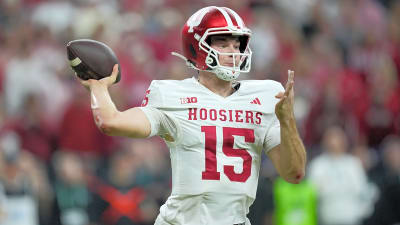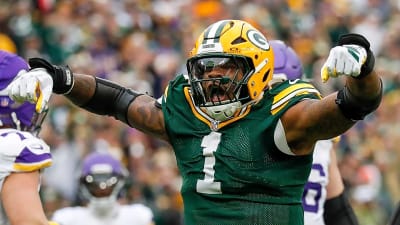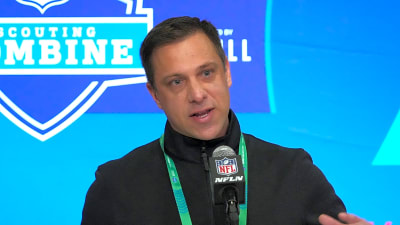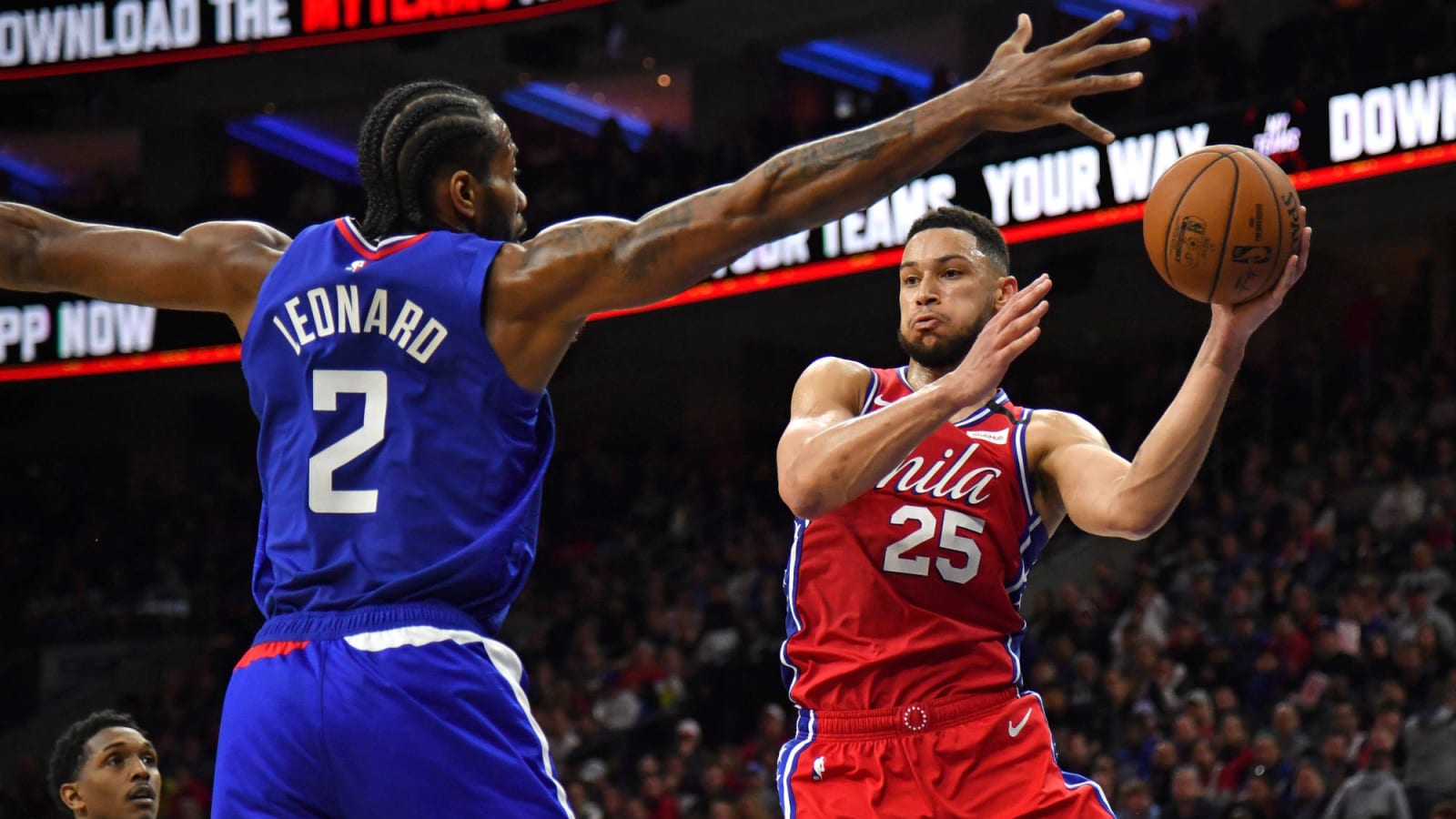
Bubble watch: Key issues facing NBA's elite teams
When the season resumes July 30, it will have been 141 days since the league suspended play following Rudy Gobert’s positive COVID-19 test. To put that in perspective, there were only 131 days between the last game of the 2018-19 season (Game 6 of the Warriors-Raptors Finals) and the first game of the 2019-2020 season.
In other words, players have had an entire "offseason" to get ready for this season's playoffs. Lots can happen when a great player gets this much time between live games.
Every offseason brings about an opportunity for players to add new elements to their game and to turn weaknesses into strengths. Although this pandemic offseason has been beyond abnormal, you’d be remiss to assume that every player will be the same player he was pre-pandemic. If certain star players on fringe contenders make a sudden leap, then any projections based upon the first part of the 2019-20 season might immediately be irrelevant.
Imagine how you'd feel about the Mavericks, currently seeded seventh, if Luka Doncic came back and was as good as LeBron, Giannis and Kawhi. Or how would you feel about the Heat's chances if Bam Adebayo added a three-point shot to his ever-expanding skill set? What would you think of the chances of the Rockets and Nuggets if James Harden and Nikola Jokic were noticeably better now that they both appear to be in Ketosis? And would you be shocked to see the Raptors repeat as champions if I told you Pascal Siakam and Fred VanVleet both made another leap over the past few months?
For our purposes, let's assume the status quo from the first part of the 2019-20 season remains in effect. So apologies to the Mavericks, Heat, Nuggets, Rockets and Raptors -- any one of these teams could make a run to the Finals. But unlike the five elite contenders below, they’ll need luck and/or one of the aforementioned players to have dramatically improved to win the title.
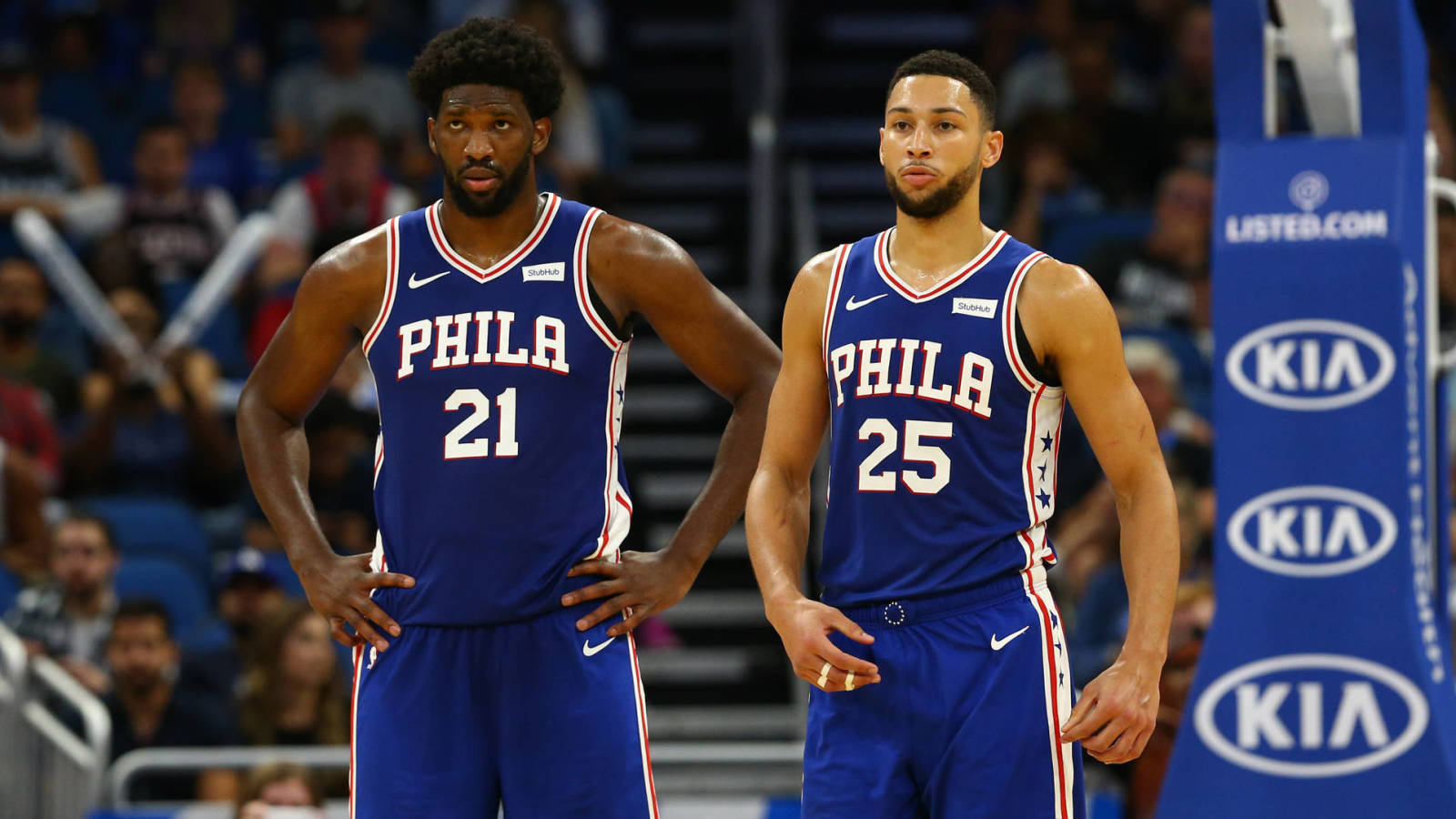
THE ELITE CONTENDERS (from 5 to 1)
5. Philadelphia 76ers
Did Joel Embiid and Ben Simmons address their greatest weaknesses during the quarantine?
Is Embiid in the proverbial “best shape of his life?” Embiid, who has always struggled with his conditioning in the playoffs when minutes are more strenuous, must be on the court for more than the 30.4 mpg he played last postseason. The Sixers need him dominating the paint on both ends of the court and not bailing out his defenders by jacking lazy three-pointers like he often does when he gets tired. Give us Christmas Day Embiid every game!
For Simmons, the question is even more obvious: Is he taking and making three-pointers? At the very least, he needs to show a willingness to take three-pointers to keep the defense honest. If he can make 30 percent, it’ll make a huge difference for Philly in the half court on offense.
If the answer is yes to both questions, then the Sixers will almost assuredly win the East, if not the championship. If the answer is yes to Embiid’s question and no to Simmons’ question, then Philly could still win the East and maybe a title depending on the matchup. If the answer is no to Embiid’s question and yes to Simmons’ question, Philly’s probably not winning a series against Milwaukee. And if the answer is no to both, the Sixers will most likely fall in the first round (unless they play Indiana). In other words, Embiid is the key to the Sixers’ playoff success.
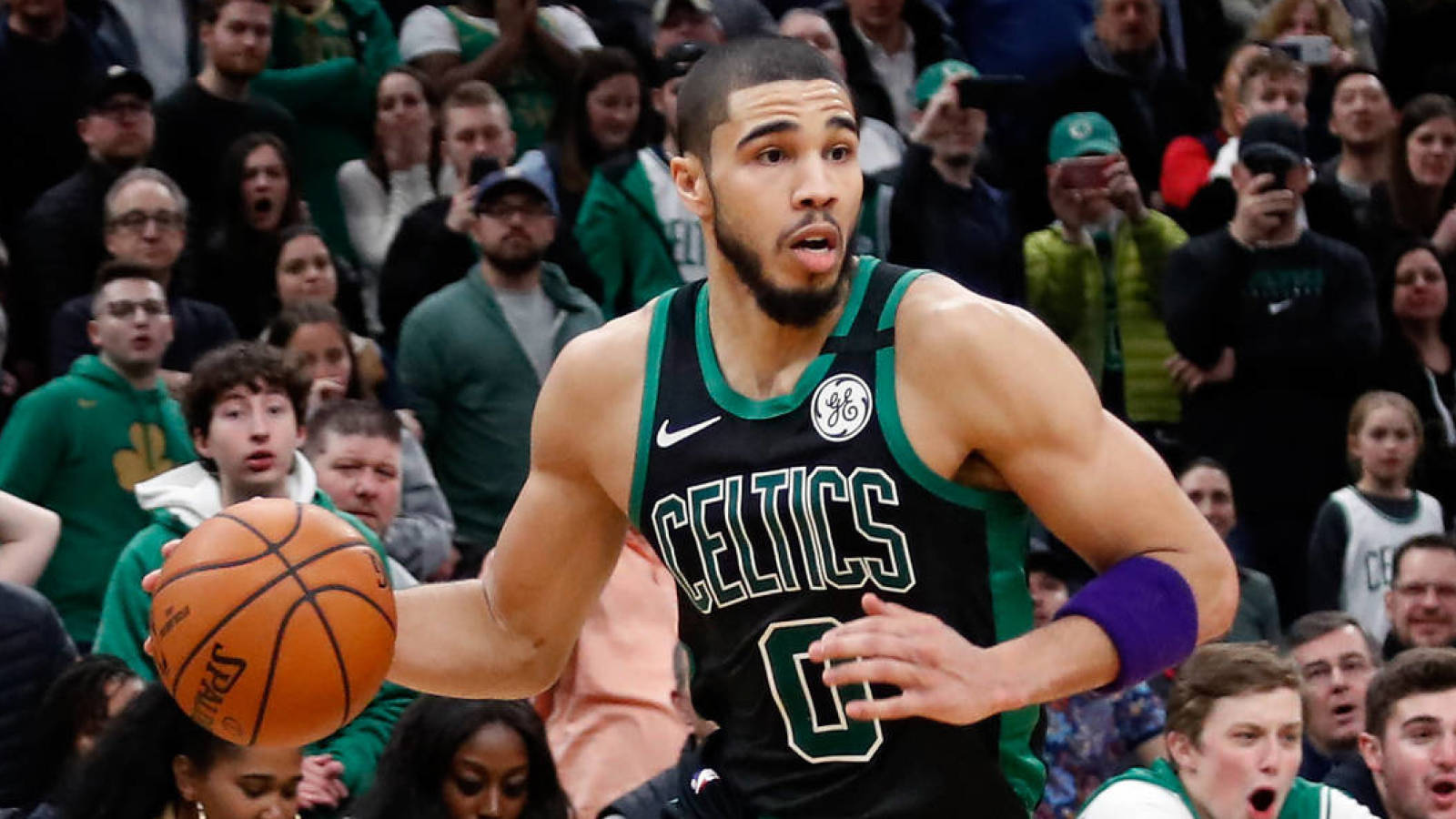
Now that we know it’s Jayson Tatum’s team, how do the rest of the pieces fall into place?
Tatum is proof that not all leaps occur during the offseason. With various teammates in and out of the Celtics' lineup as the NBA season approached its mid-season point, Boston had no choice but to heavily rely on Tatum … and he more than delivered. Over his past 23 games, Tatum averaged 27.9 ppg., 7.3 rpg. and 3.1 apg. with blisteringly efficient shooting splits (49-46-75). He not only grabbed the mantle as the Celtics’ go-to guy, but he vaulted himself into next season’s MVP discussion.
Whether Tatum made another leap during this quarantine offseason remains to be seen, but either way, the Celtics will need Kemba Walker to be effective off the ball and efficient in his scoring opportunities. They’ll need Jaylen Brown to continue to be a star in his supporting role as the Tatum’s sidekick who embraces the dirty work. They’ll need Gordon Hayward to facilitate like he did in Utah. And they’ll need Marcus Smart and Daniel Theis to stay healthy so they can bring elite defensive energy to the table every game. The roles all make sense on paper –- let’s see how it all plays out in the bubble in Orlando.
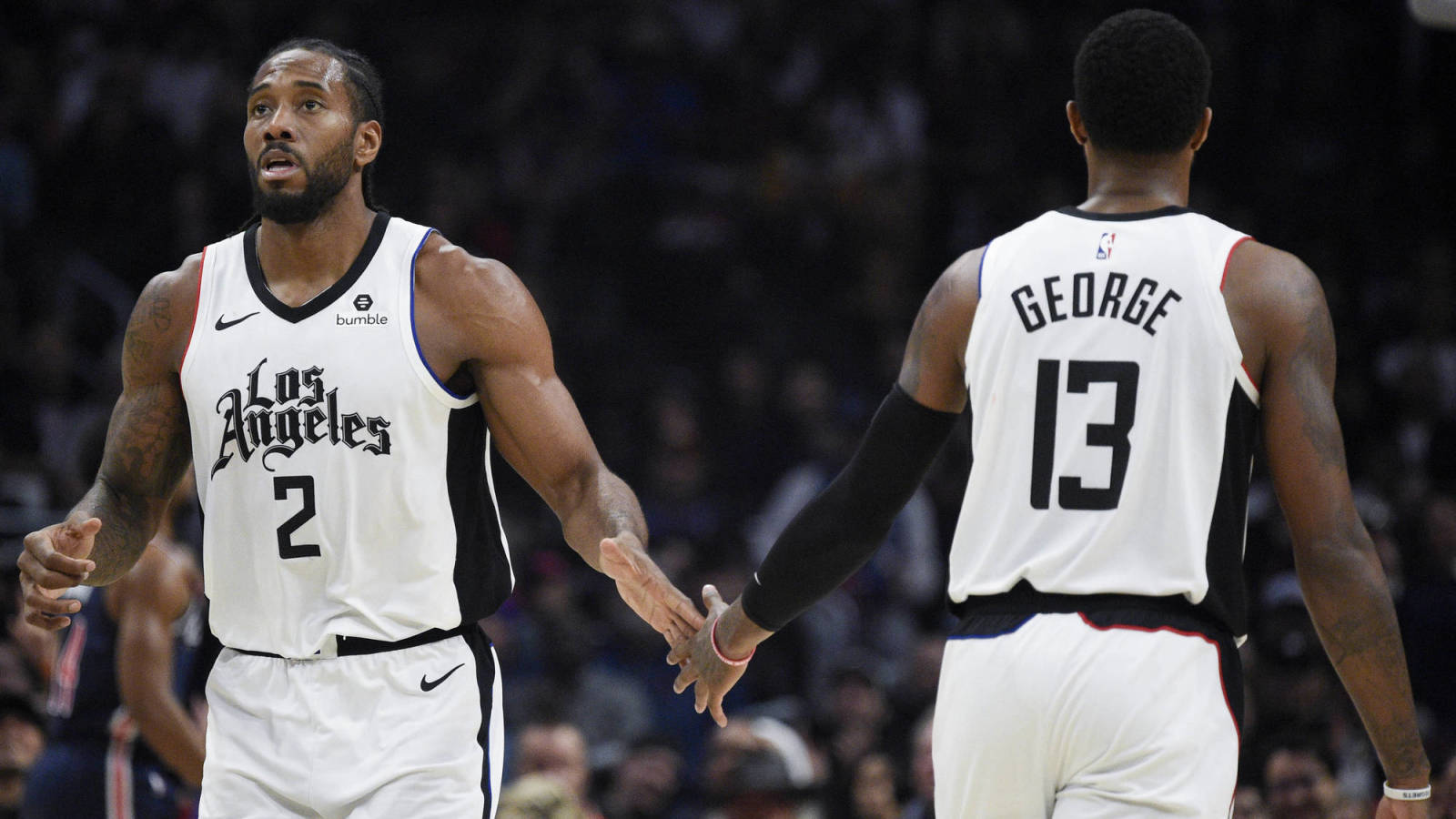
3. Los Angeles Clippers
Are they talented enough to overcome their obvious lack of chemistry?
The Clippers certainly aren’t hurting for talent. They probably have the best roster in the NBA, and they have the closest thing to Michael Jordan and Scottie Pippen on the wing with Kawhi Leonard and Paul George. They arguably have the best pick-and-roll tandem in the NBA in Lou Williams and Montrezl Harrell. Pat Beverley is an absolute menace on defense. And they have one of the best coaches in the NBA in Doc Rivers.
Yet, something seemed to be missing most of the year: chemistry. Kawhi missed 13 games. Beverley missed 16. George missed 22. And while the team was dominant whenever its key guys played, there were certainly some locker room issues throughout the season — highlighted by Harrell publicly calling out the team in early January and Rivers subsequently lighting into him behind closed doors. Does the long break expose that lack of chemistry? Or is chemistry overrated because of the unique circumstances under which the league is finishing its season?
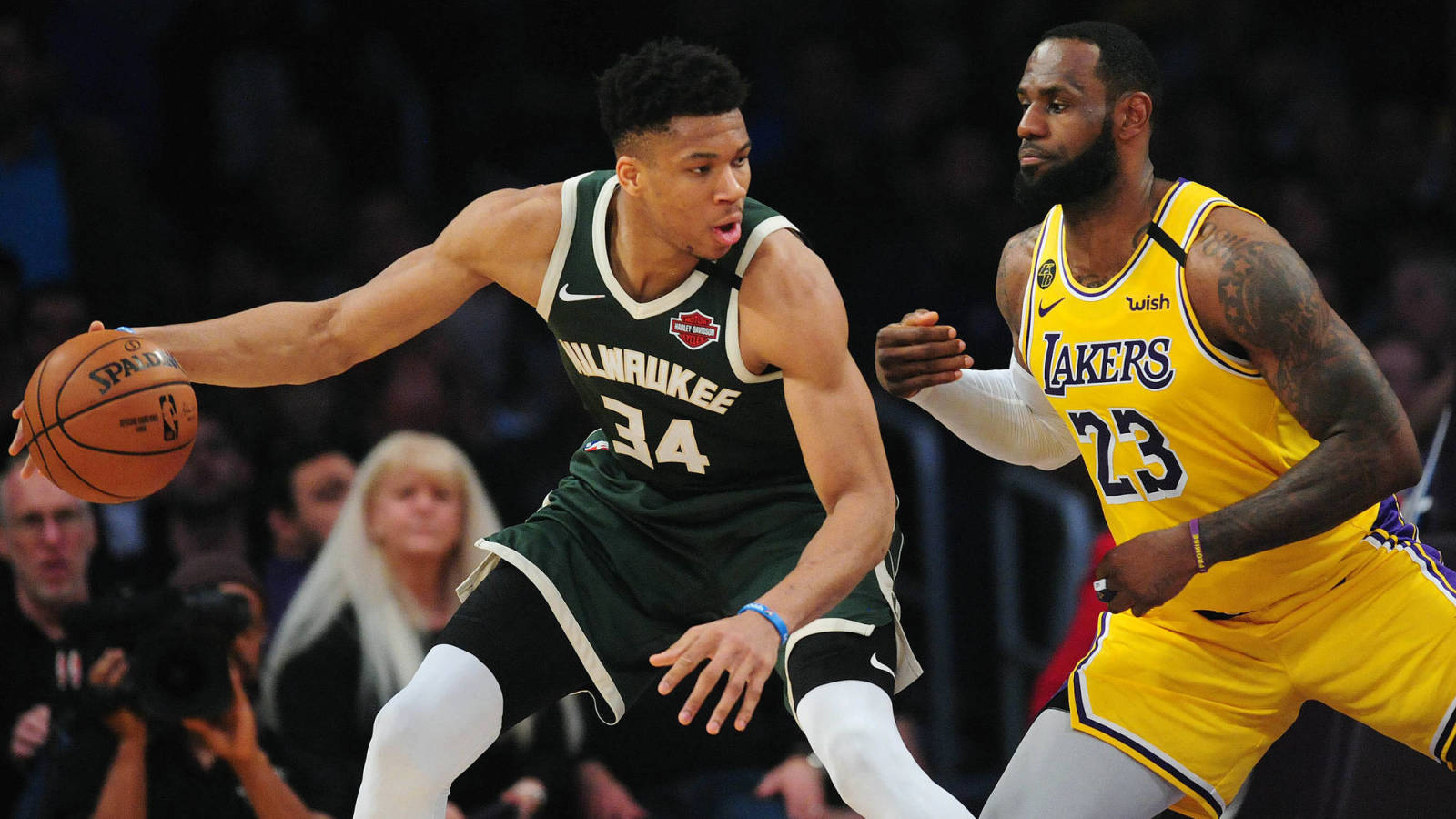
2. Milwaukee Bucks
What happens this year when Giannis faces a talented, well-coached defense?
There aren’t many ways to stop or even slow Giannis Antetokounmpo. After all, the guy just put up some of the best per-36 averages we’ve ever seen: 34.5 points, 16 rebounds and 6.7 assists and shooting 54.7 percent from the field. The last two teams to defeat him in the playoffs, however, were successful in slowing him enough to swing the tide of the series.
Two years ago, the Celtics deployed the “wall off the paint” strategy with their versatile players like Al Horford and Jaylen Brown. It forced Giannis to pass to his teammates for open threes. Outside of Khris Middleton, none of the Bucks players who attempted more than five threes in the series shot over 32 percent. Ugh!
Last season, Giannis was stifled by the best defender in the NBA (Kawhi), who switched onto Giannis after the first two games of the Eastern Conference Finals. From that point forward, Giannis was limited to 20.5 points, 12.5 rebounds and 5.5 assists per game on 43.5 percent shooting. Giannis won’t have to worry about Kawhi — at least until the Finals, if at all — but he will face other quality defenders. Can he avoid another slump? If he can’t, will his teammates be able to pick up the slack this time?
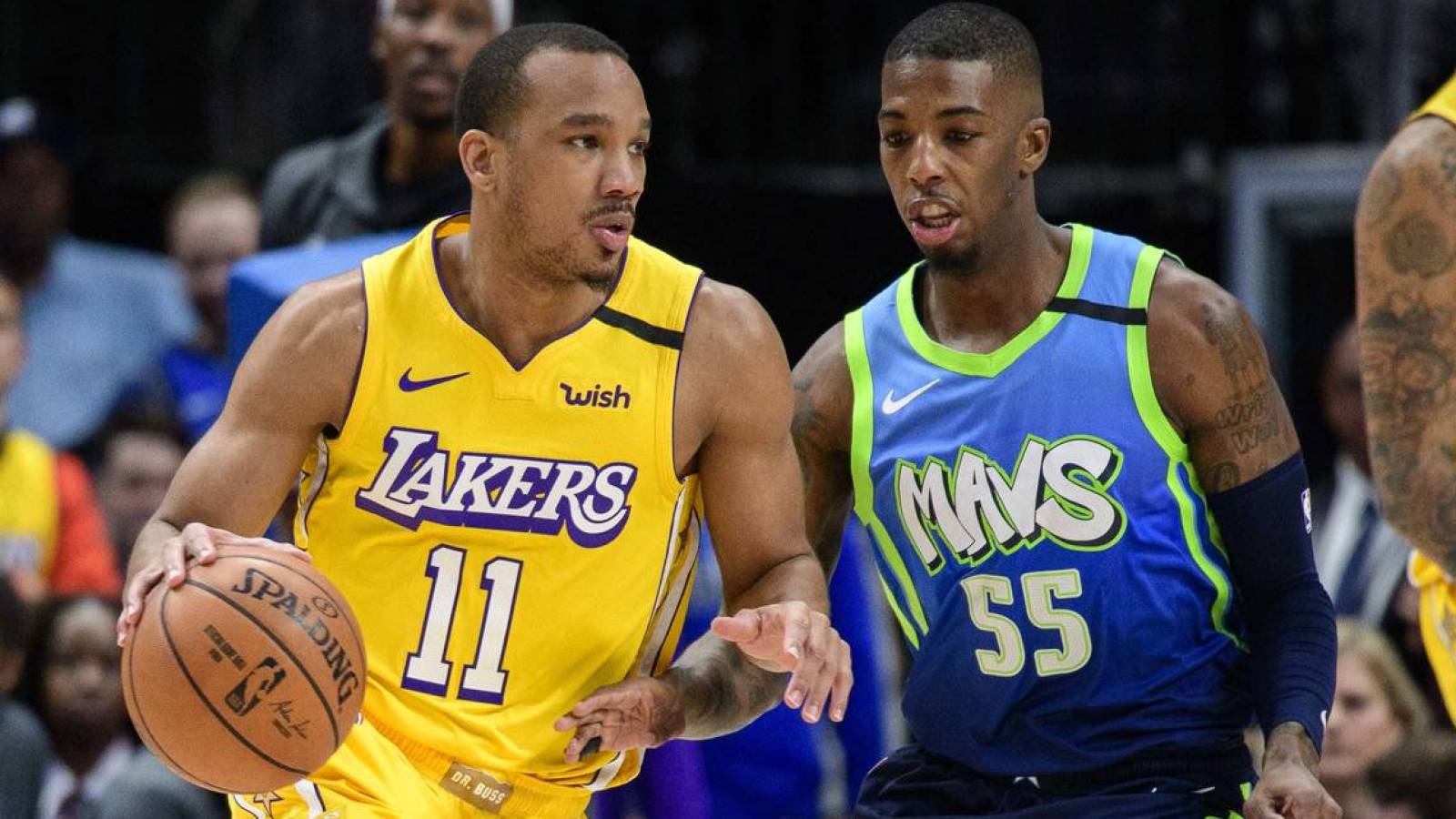
1. Los Angeles Lakers
How important was Avery Bradley to the Lakers’ success?
The immediate reaction to the news that Bradley would sit out the rest of the season was that this was a big loss for the Lake Show. Bradley is a tough on-ball defender and had earned the trust of LeBron and Anthony Davis, highlighted by his 24-point eruption in their “recent” win over the Clippers.
But if you dig a little deeper, you might conclude that this could be addition by subtraction because it means guys like Danny Green, Kentavious Caldwell-Pope, and Alex Caruso get more minutes. Bradley’s offensive output is pretty blah this season: 8.6 ppg., 2.3 rpg., and 1.3 apg. with 44-36-83 shooting splits in 24.2 mpg. KCP (39 percent) and Green (38 percent) are better three-point marksmen. And Caruso (35.5 percent) isn’t far behind, plus he averages almost twice as many assists per-36 minutes (3.9) as Bradley (1.9).
But what about his defensive impact? Bradley’s defensive rating per 100 possessions is only a 109. That’s worse than Caruso (106) and Green (106). It’s only slightly ahead of KCP (110). And while KCP’s defensive rating may be worse, his offensive rating (117) is far greater than Bradley’s (104). Same goes for Green (111) and Caruso (108).
Interestingly enough, Bradley wasn’t a member of any of the team’s top-six most-productive five-man lineups either whereas KCP was a part of five, Green was a part of three and Caruso was a part of four.
In sum, the Lakers will miss Bradley’s pestering, tone-setting defense at times, but there’s a good chance they actually get better production out of their other guards in most games … unless they start having to rely on JR Smith and Dion Waiters.
More must-reads:
- What 'bubble' crown would mean for King James, Kawhi, other NBA stars
- Chances Zion's Pels, other bubble teams will make 'bubble' playoffs
- The 'Youngest 40-point NBA games' quiz
Customize Your Newsletter
 +
+
Get the latest news and rumors, customized to your favorite sports and teams. Emailed daily. Always free!
